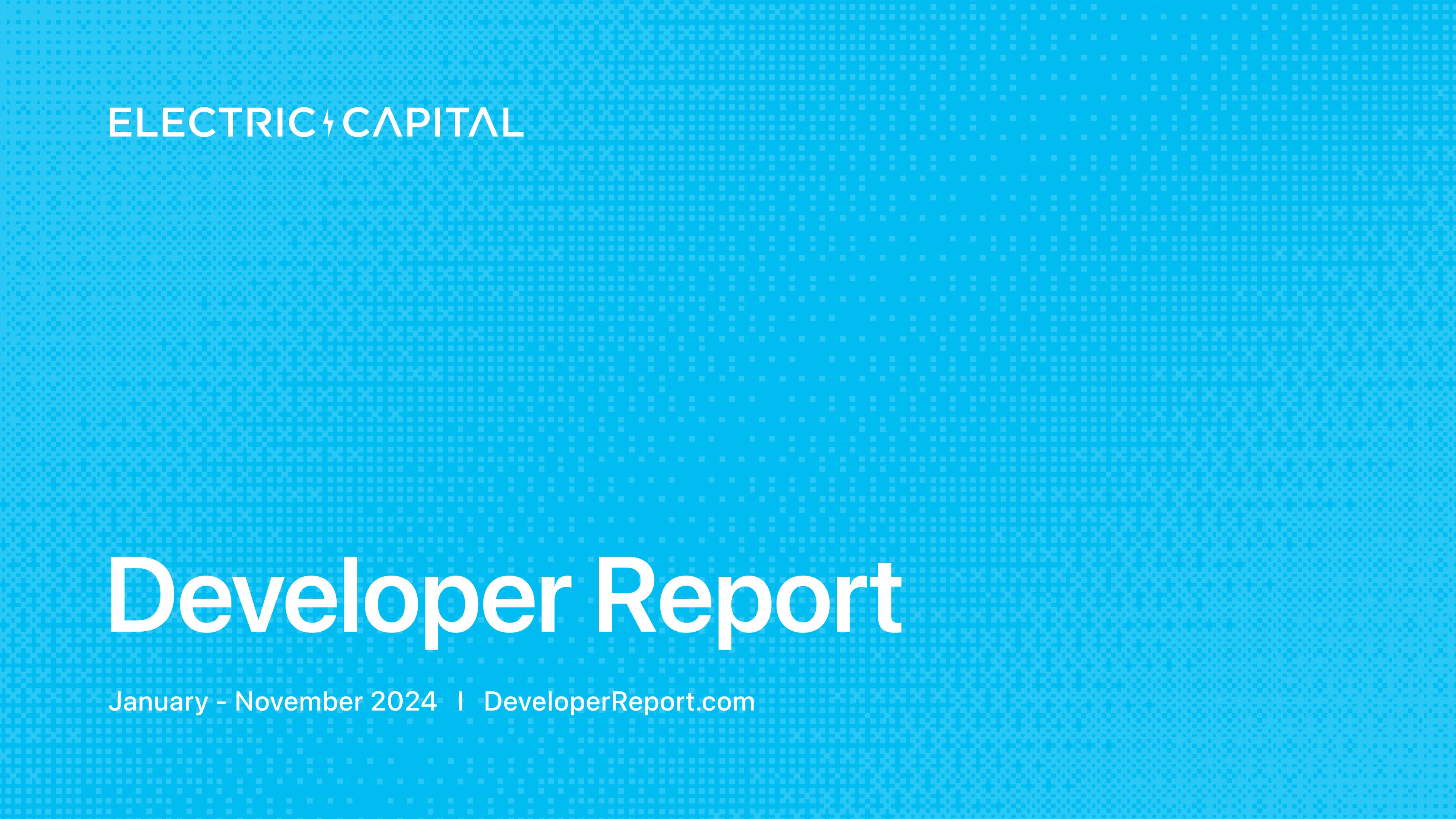As the halving fast approaches, what’s next for Bitcoin miners?
With Bitcoin ’s latest halving estimated to occur around 8:30 p.m. ET today, we asked several firms in the industry what impact it will have on miners in the cycle ahead as their block subsidy reward gets cut from 6.25 BTC to 3.125 BTC.
Ultimately, perhaps CleanSpark Chief Communications Officer Isaac Holyoak put it best.
“This halving will be much like the season it accompanies: in like a lion and out like a lamb. Then, the wolves,” Holyoak told The Block. “What do I mean by that? There is a lot of excitement around halving. But in terms of practical impacts? That will take months. It’ll be a war of attrition as less efficient miners hold on as long as they can. Then comes MA.”
Why this time is different
Setting the scene, Brian Wright, Galaxy’s Co-Head of Mining, explained that while Bitcoin’s last halving in May 2020 occurred prior to significant price appreciation — with miners already operating near marginal profitability as bitcoin recovered from a COVID-related crash two months prior — this time round is a very different picture.

“Bitcoin price is up ~120% over the last six months, and many miners have reported marginal production costs of around $20,000/BTC. There are fewer miners that will need to immediately halt operations following the halving this month,” Wright said.
However, “miners will be less profitable, forcing greater scrutiny over discretionary costs that could help mitigate some of the immediate decline in revenue," he added. "I expect differentiation based on power strategy and cost-to-mine as miners prioritize maximizing margins vs. top-line growth."

Bitcoin infrastructure firm Blockstream’s Head of Business Development Adolfo Contreras said that having gone through three halvings already, established miners should be well-prepared for this one — providing they've secured sufficient financing and liquidity to offset the reduced rewards.
“Notably, this is the first halving preceded by a significant price increase, which has likely improved liquidity planning for all involved," he said.
Surviving in an increasingly competitive market
Bitcoin mining difficulty — measuring how hard it is to mine a new block — rose 3.9% last week to hit a new all-time high in the final adjustment ahead of the halving as miners appeared to ramp up their hash rate in preparation for the block subsidy reward drop.
Bitcoin mining difficulty and hash rate have trended up since the beginning of the year. However, Bitcoin miner Marathon Digital's VP of Corporate Communications Charlie Schumacher suggested the industry essentially navigated a halving already last year.
“One thing I feel like the market forgets is that we essentially went through a halving event last year,” Schumacher said. “In 2023, Bitcoin's difficulty rate doubled. The industry still performed quite well. The large miners, like Marathon, have been preparing for the halving event for years. If anything, I think you'll see hash rate continue to climb as miners swap out old machines for newer more efficient equipment.”

While miner revenues have also risen this year amid the increase in bitcoin’s price, the extent of the impact the halving has on less efficient mining operations and, hence, the overall network metrics following the drop in subsidy remains to be seen.
Greg Beard, CEO of Stronghold Digital Mining told The Block that there were many concerns within the industry about the “excessive” number of publicly traded miners, but he expects the sector to trend toward consolidation over the course of this year.
“Miners whose only leveler is to acquire more efficient machines to stay competitive will find themselves at a disadvantage, as this option isn’t sustainable in the long term," Beard said. “On the other hand, miners who own their low-cost power are better positioned to thrive in the post-halving environment, as their operational costs will be lower, allowing them to be more flexible with their capital.”
Charles Chong, Director of Strategy at Bitcoin mining firm Foundry, said the industry used to favor the bold when bitcoin was still an unproven asset class, and there were many risks involved in bitcoin mining on the market and regulatory front.
“However, as the sector evolves, the halving is catalyzing a shift towards more efficient operations and judicious capital deployment. While the prospect of revenues halving overnight every four years is unparalleled in other sectors, the predictable nature of these events allows for strategic preparation. Overall, the halving necessitates a refinement in operations, which could be construed as bullish in the long term by fostering a more resilient and efficient mining landscape," he said.
“In our experience, success requires a world class team, operational excellence, differentiated access to power at scale, and a track record efficiently sourcing machines and developing rack space,” Harry Sudock, Chief Strategy Officer of GRIID Infrastructure, added. “This halving will reward those with rigor and discipline as we push towards increasing levels of scale as an industry."
Hash rate impact as less efficient miners get squeezed
Despite negative headlines on miner revenue impact, with many stocks down 15-20% over the last 30 days and not a single public miner outperforming bitcoin year-to-date, some miners are still at all-time highs in terms of U.S. dollar revenue, providing a solid balance sheet pre-halving alongside relatively low debt.
Analysts at research and brokerage firm Bernstein said earlier this week that they only expect around 7% of the network hash rate to shut down post-halving as less efficient mining operations become unprofitable and the industry consolidates toward four leading public miners: CleanSpark, Marathon, Riot Platforms and Cipher Mining.

Ethan Vera, Chief Operating Officer at Bitcoin mining software provider Luxor Technology, seemingly agrees. “With hash price at elevated levels, we are expecting a very small decrease in network hash rate as only a few miners shut off their machines,” Vera told The Block.
Hash price is a term coined by Luxor, referring to the expected value of 1 TH/s of hashing power per day. The metric quantifies how much a miner can expect to earn from a specific quantity of hash rate.

“This halving is a great opportunity for scaled, well-capitalized miners,” Hut8 CEO, Asher Genoot added. “Post-halving, as inefficient operators shut down and distressed assets come to market at attractive valuations, we see an opportunity to cement our position and scale through the downturn.”
Taras Kulyk, founder and CEO of SunnySide Digital, a bitcoin mining data center hardware and infrastructure provider, also expects more consolidation through mergers and acquisitions in the cycle ahead. “Given the perceived and real potential for compressed bitcoin mining economics, there will likely be a surge of MA activity in 2024/25. Scale and profitability will increasingly define success and attract fresh investor focus and the sector will likely see a pronounced trend towards consolidation, which should not come as a surprise to investors who’ve been tracking the ongoing maturation of the space.”
“We foresee the impact on overall hash rate will be relatively small compared to previous events, Blockstream’s Contreras added. “That said, many miners have been influenced since the last halving by high on-chain transaction fees. While these fees may have boosted revenue, they also complicate high-volume transactions to their customers.”
Transaction fees increasingly important for miners
Transaction fees have historically been a relatively small percentage of the reward received by Bitcoin miners compared to the block subsidy. However, with renewed activity on the Bitcoin blockchain this cycle and the subsidy value halving, transaction fees will be increasingly important for Bitcoin miners going forward.

Bernstein’s analysts said that strong economic activity on the blockchain this cycle — particularly from Ordinals-related activity — has added a new transaction fee revenue stream, leaving Bitcoin miners in a relatively comfortable financial position to withstand the impact of the halving.
The Bitcoin Ordinals protocol, launched in January 2023 by Casey Rodarmor, offers a way to store and trade digital content on Bitcoin. By using satoshis, the smallest units of bitcoin, users can engrave NFTs, BRC-20s (fungible tokens similar to Ethereum’s ERC-20s) and other arbitrary data directly onto the Bitcoin blockchain, with each piece becoming a unique tradeable asset.
Additionally, a new fungible token standard for Bitcoin called Runes is set to launch on the halving today, offering a more efficient solution than the UTXO bloat caused by the existing BRC-20 minting process. UTXOs (unspent transaction outputs) represent a specific amount of bitcoin received by a user but not yet spent.
With renewed interest from application developers, Layer 2 scaling infrastructure teams and NFTs this cycle — leading transaction fees to spike up to 40% of revenues at times and 10% of revenues currently — miners have an additional cushion post-halving, the Bernstein analysts said.
“Transaction fees will see a strong uptick due to an exponential increase of demand for Layer 1 blockspace from inscriptions, ZK rollups and additional products built on Bitcoin,” Luxor’s Vera added.
"We’ve only recently seen transaction fee volatility, with fees shifting from under 2% before May 2023 to an average of about 9% since then,” Stronghold’s Beard said. “I predict that the halving’s impact on fees will be overshadowed by the impact of a surge in Bitcoin Ordinals, representing a fundamental change in the use of the Bitcoin blockchain."

Disclaimer: The content of this article solely reflects the author's opinion and does not represent the platform in any capacity. This article is not intended to serve as a reference for making investment decisions.
You may also like
2024 Crypto Developer Report SummaryExecutive Summary

Digital Veblen Goods and Fees

Musings on the Future of Actually Smart Wallets

Bitwise CIO: Биткойн может достичь $200 000 без краха доллара

